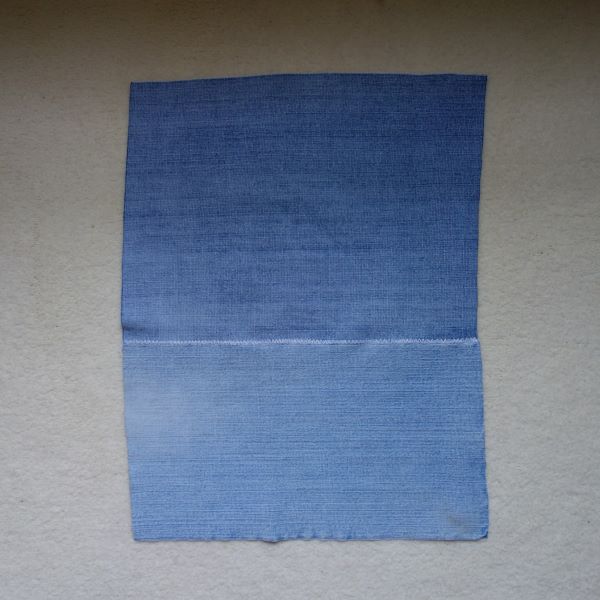Cute distractions and stashes
I am writing and scheduling this post ahead of the imminent new regulations to be announced in two days time by BJ….so typing with fingers crossed, is a little like patting one’s head and rubbing one’s tummy!
The reason for my contortions is that we are expecting to meet our newest member of the family, now 8 weeks old. The visit was not originally on our calendar as they live out of the country, but circumstances have intervened – our daughter has fractured the head of her femur and if it shears off, she will need a joint replacement. C-19 totally prevented me from getting to them (Arrrrgh 😤😭) so with doctor’s certificates they are coming with wheelchair and baby et al for some much-needed help and TLC.
The imminent visit is having an effect here in the house….a grand clear-up! Whilst my garden archaeology (finding what once was 4 years ago) is on hold, I have been tackling large sewing projects put to one side ‘for when I have time’ – the ones that have piled up for way, way, too long.
In addition to this activity, I wanted to create a personal little welcome for our Grandson. Thinking of a friend’s story with her grandchildren whereby on their visits she always has a little something tucked into their pillows I decided to make a ‘pocket’. It is a work in progress….
Drawing out the letters and reversing them ready to draw onto Bondaweb. If I’m making one it makes sense to make one for our next youngest grandchild too (sadly, also an out of country resident!)

Fabric for little boys….denim of course! I took an already de-constructed and very worn pair of jeans from my stash.
I fiddled with the fabric to work out the construction….as many of you will have read previously – I often work things out as I go along, my thought process being like filtered coffee. Thankfully and necessarily, the filtered result came quickly!


I much preferred the back of the fabric (rather than the old, worn, almost see through, bleached front) so joined the pieces of leg fabric to allow for my construction.


Left overs bits….some for my stash box, threads from painstakingly pulling out threads to find the grain edges (for possible use in felt pieces etc) and some ‘fiddled with’ pieces for future sewing activities!

Then it was into my stash box to find appropriately colourful bits of fabric. It is here that I have to admit to having several stashes, all ironed and tidy – for large, medium and small pieces of fabric and another box for tiny bits….a ‘neat-nic’….guilty as charged!

Sadly, no photos, but I cut out the fabric letters and ironed them onto the base to start my appliqué stitching. Deciding to use Perlé thread, it was a dive into yet another stash to find the right colours.

In the meantime, my vast stash of ribbons, edgings and bias tape let me down – I just couldn’t find what I needed.
You will have now realised that I have many ‘stashes’ (hence the title of this post) and like so many of you I’m sure – all my stashes have been collected over many years (read that as decades!). Where would we be without them? But I digress….
I can count on one hand how many trips I’ve made into the high street since March, but this was totally an ‘essential’ trip! Strangely I can’t remember shopping for decorative haberdashery items for sooooo long that the prices took me totally by surprise – ‘how much for a metre?’ In the second shop I finally found my ‘ah-ha, that’s the one’.

Stitching then commenced. The back shows the faded jeans and my attempts to keep the stitching neat.


Tadaa….thus far!

Once all the hand stitching is complete, I’ll add interfacing and lining then tape the edges – I’ll post the finished ‘pocket’ next time.
I hope, by the time you read this, that I will be a less frustrated mum finally able to care for her offspring (with no more crossed fingers) and also a proudly doting Grandmother too….definitely a cute distraction!







































































































































































































































